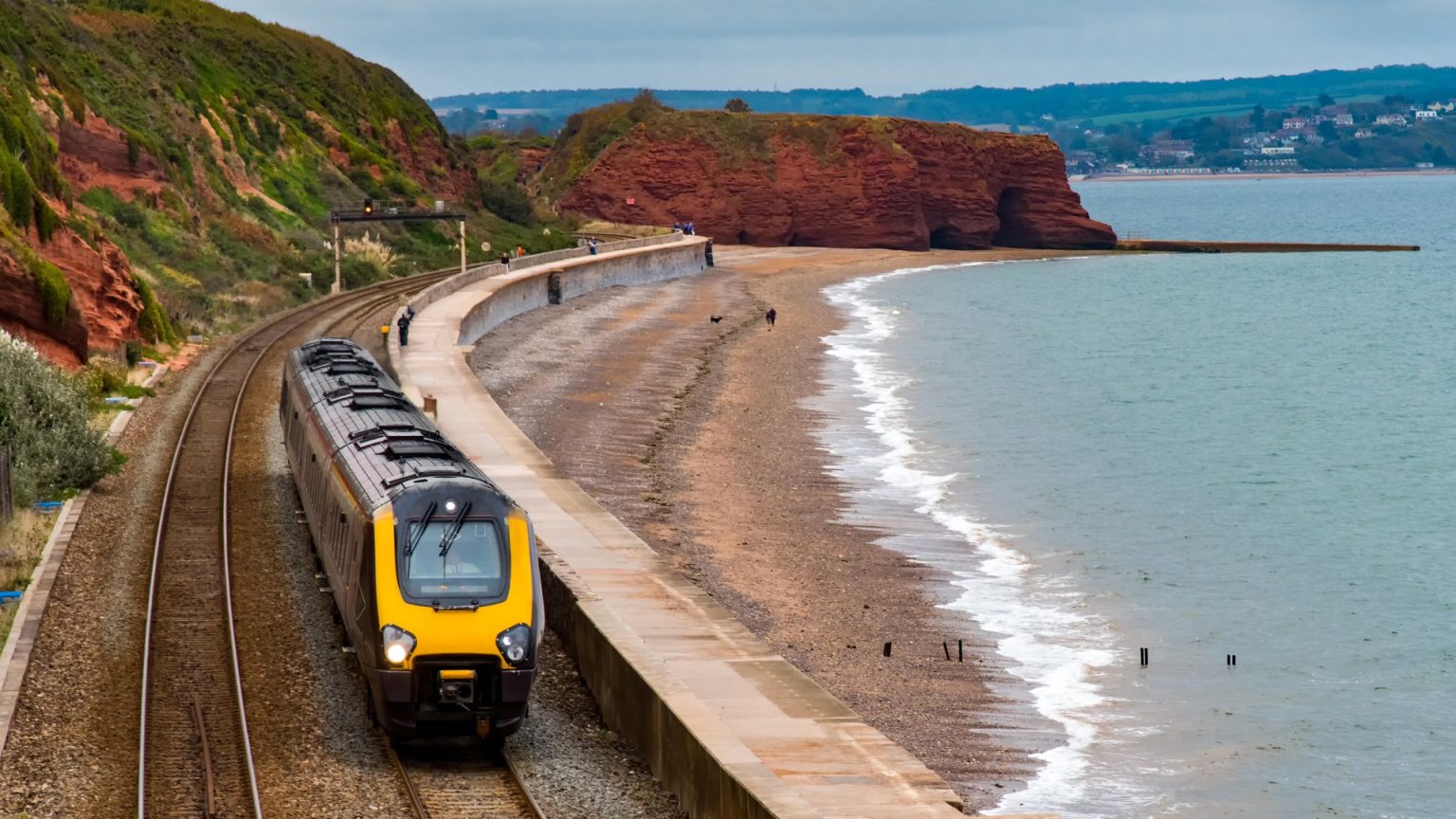The UK’s longest single train journey, a 14-hour, 775-mile odyssey from Penzance in Cornwall to Aberdeen in Scotland, is set to be truncated in May 2025. This historic route, which first began operation in 1921 and was reinstated in 2023 after a pandemic-induced pause, will no longer reach Aberdeen. Instead, the new terminus will be Edinburgh, shortening the journey by 80 miles to 695 miles and reducing the travel time. Crosscountry, the operator of the service, explains this change will enhance convenience for passengers traveling to Penzance, particularly those from Bristol and the West of England, who will now find day trips more feasible. The adjusted timetable also promises improved operational efficiency for the company.
The revised Penzance-Edinburgh route will depart Penzance at 11:15 am, arriving in Edinburgh at 10:15 pm, incorporating 26 stops along the way. Key stops include Taunton, Cheltenham, Derby, York, and Newcastle. Passengers can expect breathtaking views of iconic landmarks like Bamburgh Castle and the Dawlish seawall during their journey. Advance booking can secure tickets for as little as £78.60 each way, making this a relatively affordable way to experience a substantial cross-section of British scenery. While this route will lose its claim as the UK’s longest, it will still provide a significant and scenic rail experience.
The decision to shorten the route underscores the evolving landscape of UK rail travel. While long-distance journeys remain popular for their scenic value and convenience, operational considerations and passenger demands often necessitate adjustments. The focus on enabling easier day trips from the West of England to Penzance suggests a growing emphasis on shorter, more targeted rail travel. This shift could reflect changing travel patterns and a greater demand for accessible day trip options.
Beyond the changes to the Penzance-Aberdeen route, the UK’s rail network is experiencing broader transformations. New routes are being introduced, including links between Cardiff and Edinburgh, Oxford and Bristol (reinstating a connection lost since 2003), and a planned Oxford-Cambridge link projected for completion by 2030. These developments highlight ongoing efforts to improve connectivity and cater to evolving passenger needs. The contrast between the lengthy Penzance-Edinburgh journey and the UK’s shortest route, a 0.8-mile hop in Stourbridge, illustrates the diversity of the country’s rail network.
The allure of scenic rail travel remains strong, with routes like the Scottish West Highland Line frequently cited among the UK’s most visually stunning. Train journeys offer a unique perspective on the landscape, allowing passengers to appreciate the beauty of the countryside and coastline in a relaxed and comfortable setting. This appreciation for scenic rail experiences extends beyond the UK, with international journeys like the Trans-Mongolian Express capturing the imagination of travelers worldwide.
The fascination with long-distance rail travel is further evidenced by the existence of epic journeys like the 21-day, 12,000-mile trip from Portugal to Singapore, which requires 20 different trains and costs around £1,000. While such journeys are a significant undertaking, they represent the ultimate adventure for rail enthusiasts seeking to experience diverse cultures and landscapes from the comfort of a train carriage. The shared experiences of Sun Travel journalists, recounting their memorable rail journeys across the globe, highlight the enduring appeal of train travel and its ability to create lasting impressions. From the picturesque snow-capped mountains of Switzerland to the bustling urban landscapes of Tokyo and the vast, desolate plains of Mongolia, train journeys offer a window into the world, providing unique perspectives and unforgettable memories.
![Ryanair Discontinues All Direct UK Flights to [City Name] Starting Next Month.](https://tribunetimes.co.uk/wp-content/uploads/2025/02/beauvais-airport-ryanair-plane-waiting-968439538-300x169.jpg)





![Ryanair Discontinues All Direct UK Flights to [City Name] Starting Next Month.](https://tribunetimes.co.uk/wp-content/uploads/2025/02/beauvais-airport-ryanair-plane-waiting-968439538-450x253.jpg)




